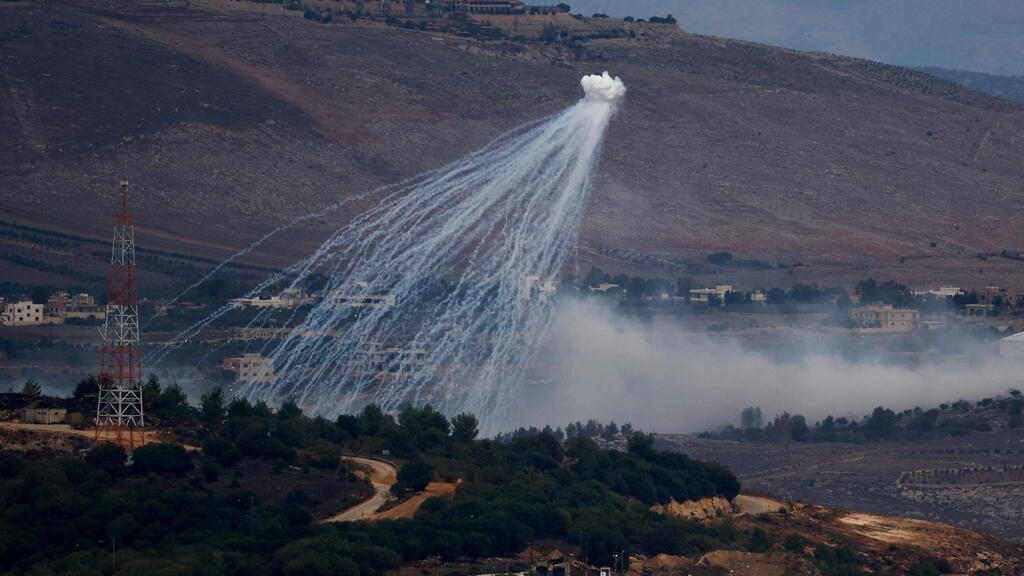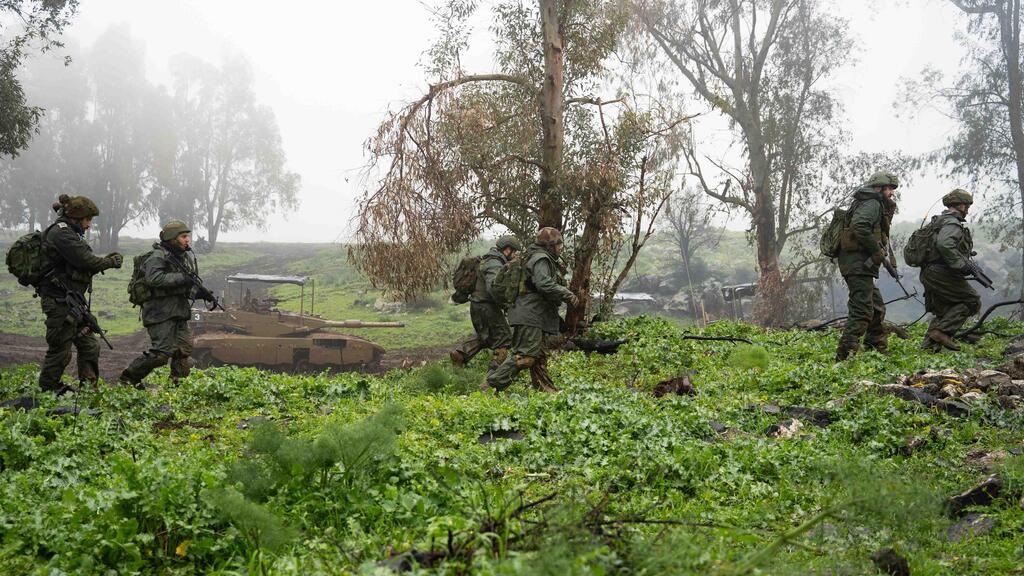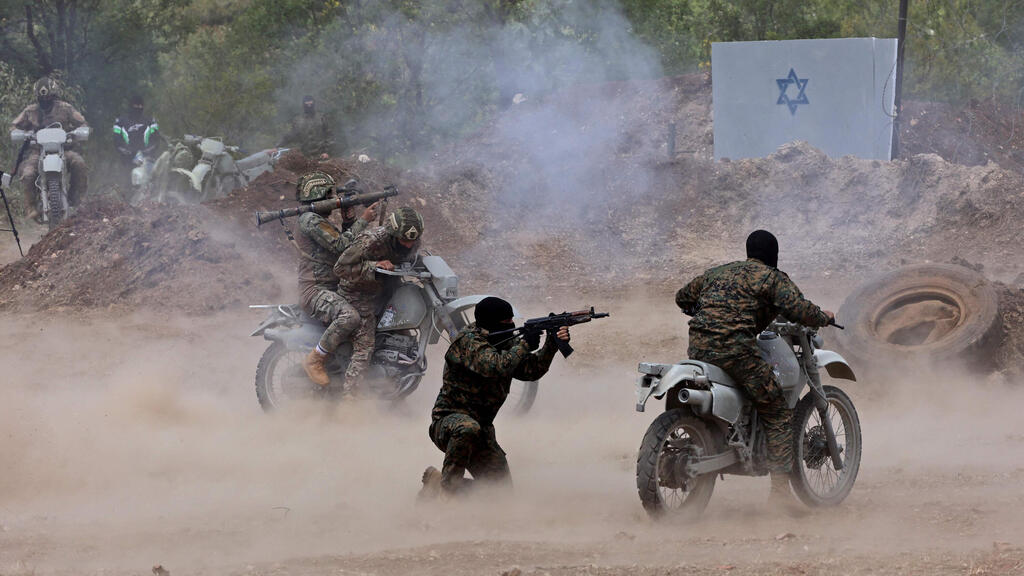Getting your Trinity Audio player ready...
An investigative report in the French newspaper Libération claimed Sunday that Hezbollah has been digging hundreds of kilometers of underground tunnels in Lebanon for over 30 years, some of them reaching depths of 40 meters to 80 meters, using North Korean technology. The report noted that the tunnels are more complex and dangerous than those in Gaza, and the explosion of some of the tunnels could cause earthquakes or landslides.
More stories:
According to journalist Laurence Defranoux, the digging began in the 1980s but accelerated in the late 1990s to accommodate members of the Shiite terror organization in case of an Israeli operation in Lebanon. The report claims Israel dropped white phosphorus bombs in southern Lebanon after the Hamas attack on October 7 to burn vegetation and expose the entrances to the tunnels. According to reports, 12 such shafts were discovered and destroyed.
A military source told the newspaper that the IDF uses motion detectors, optical fibers connected to the 4G network, robots, drones and other sources of information to map the tunnel network.
"The first tunnels were dug by Palestinian groups in the 1960s, and Hezbollah expanded the network in the 1980s and especially in the late 1990s," General Olivier Fasso, who served as a liaison officer for the UN in southern Lebanon and is now a researcher at the French Institute for Strategic and Operational Education (IFESO), told Defranoux. The tunnels developed mainly after the 2006 war, when Hezbollah sought a way to defend itself against an Israeli ground operation.
Tal Beeri, head of the Alma Security Research Center’s research department, told the Times of Israel in January the institute exposed civilian companies dealing with agriculture and construction for the Shiite sector in southern Lebanon, under the supervision of a company called Jihad Construction. These tunnels were dug by Hezbollah operatives manually using air hammers or hydraulic equipment, which is quieter to operate.
It is estimated that each worker can dig about 15 meters per month. The Lebanese environmental organization Green Without Borders has also been included on the U.S. sanctions list, accused of providing a "cover" for digging underground warehouses and tunnels for storing weapons.
The report on the tunnels was published by Alma as early as 2021. The report indicates that some of the tunnels pass through strategic points in southern Lebanon and connect them to Beirut and the Beqaa Valley.
The length of the tunnels is estimated to be hundreds of kilometers long, with one of the largest at 45 km in length. Some of the tunnels are very narrow and intended for infiltrating terrorists into Israel, while others are wider and intended for Iranian ballistic missile batteries such as the Fateh-110.
In the report published in 2024, the Alma center reported on tunnels filled with explosives dug beneath strategic points, which have remained intact and unused for several years. An explosion in these tunnels could cause earthquakes and landslides, a tactic used since the early days of World War I.
Israel has already discovered six such tunnels in 2018 along the Blue Line border (running between Rosh Hanikra and Mount Dov), with a depth of 40 meters. According to Fasso, who visited these tunnels, "it’s reasonable to assume that Israel located them using acoustic and seismic sensors. It would take weeks to dig through the rock to insert cameras inside."
"They were still in the being constructed then," Fasso also said. "We saw drilling machines, electrical cables, and ventilation systems, and it was possible to walk upright in them. They were destroyed by the military by using either explosives or via sealing them with concrete.”
Fasso added that Lebanese authorities deny the existence of the tunnels, the largest of whcih are located under farms and private factories, allowing heavy digging equipment to be brought in without attracting unwanted attention.
"Hezbollah buys land and turns some of them into so-called nature reserves. We believe they set up training camps or weapon caches in them and probably included shafts leading to these tunnels. Israel, which was present in the area, managed to limit this spread until 2000, but Hezbollah reorganized from 2006 and had another 18 years to arrange this territory," Fasso noted.
4 View gallery


IDF Northern Command Chief Maj. Gen. Ori Gordin and IDF Chief of Staff Lt. Gen. Herzi Halevi
(Photo: IDF Spokesperson's Unit)
An Israeli military source told Libération that the IDF, as well as military experts and strategists, oppose operating in Lebanese territory, as they may "encounter a well-prepared underground army, hence the ultimatum given by the Israelis to Hezbollah in January will likely be postponed to February."
The IDF addressed the worries of residents on the northern border concerning the threat of Hezbollah's tunnels. At the end of December, IDF Northern Command Chief Maj. Gen. Ori Gordin said that IDF soldiers are "conducting extensive searches to locate terrorist infrastructure of all kinds, above and below ground. If a threat is found, we won’t keep it secret."





